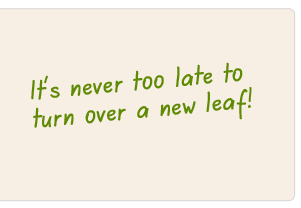Winter is a great time to use a slow cooker. It’s nice to come home at the end of your work day, and dinner is ready.
SLOW COOKER BEEF AND BROCCOLI
Renee’s Kitchen Adventures
Tender sweet and savory beef strips and gravy served over steamed broccoli and rice
Ingredients
- 1 – 2 pounds Flat Iron Steaks, cut into 1/2 inch thick strips
- 1 cup beef consomme (you can sub beef broth)
- 1/2 cup reduced sodium soy sauce
- 1/3 cup brown sugar (not packed)
- 1 tbsp sesame oil
- 3 garlic cloves, minced
- 2 tbsp cornstarch
- 2 tbsp water
- Fresh or Frozen broccoli florets, steamed until crisp tender (as many as you like)
- Hot cooked brown or white rice
- Toasted sesame seeds and sliced radishes, for garnish, if desired
Instructions
- Place beef strips in crock of slow cooker.
In small bowl or 2 cup glass measure, combine the consomme, soy sauce, brown sugar, oil and garlic. Pour over meat. - Put lid on and cook on LOW for 6 -7 hours or on HIGH for 4 hours, or until the meat is fork tender.
- Turn slow cooker up to HIGH. Combine the cornstarch and the water in a small bowl and stir to dissolve.
- Add to the beef mixture in the slow cooker and mix. Allow to cook for another 10-20 minutes, or until the sauce thickens.
- To serve, plate the rice, top with broccoli and then beef and gravy mixture. Finish with sesame seeds and radishes, if desired.
Yield: 4 servings
Prep Time: 00 hrs. 10 mins.
Cook time: 08 hrs. 00 mins.
Check out more recipes at 25 Dump and Go Slow Cooker Recipes.
And for dessert, try these Mexican Hot Chocolate Brownies!


 Happy New Year!
Happy New Year!


Connect with us Online